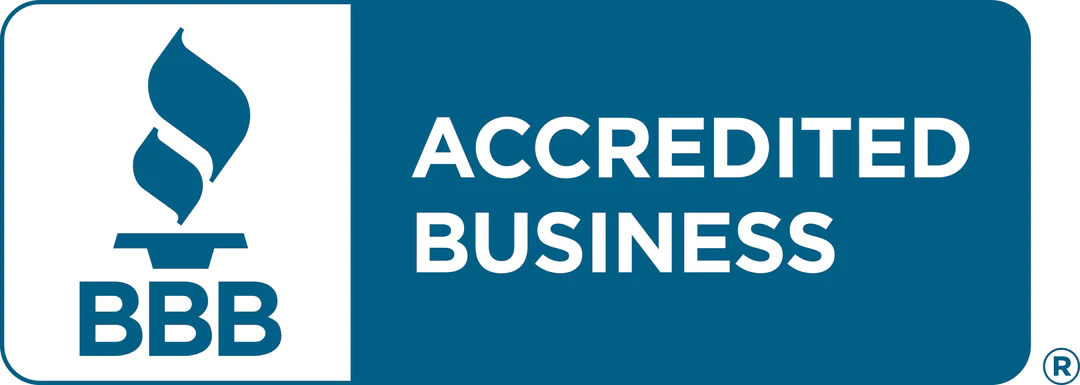College Admissions Tips and Guidance
College Road Trip : Nine Upstate New York Colleges (In 5 Days!)

Explore Our Articles
Recent Posts
Popular Categories
Get In Touch
On Social
By Phone or Text
(617) 734-3700
By Mail or Email
1678 Beacon Street
Brookline, MA 02445
By Form
Educational Advocates
Our objective is to guide the family in finding options where the student will not only get admitted, but thrive and find success once on campus.
College Road Trip : Nine Upstate New York Colleges (In 5 Days!)

Rochester Institute of Technology has strengths in STEM fields and the arts.
Educational Advocates consultants devote A LOT of time to touring colleges, to stay on top of new developments and personally assess the culture at different schools. Here is a snapshot of what I learned on a recent Independent Educational Consultants Association tour to nine colleges in upstate New York:
Rochester Institute of Technology is set in suburban Rochester with 15,700 undergraduates and a signature co-op program that enables students to get paid, full-time work experience. There are nine colleges and students are admitted directly to their majors. Second and third choices can be specified. Mechanical engineering, game design, computer science, film, electrical engineering, and physician assisting are the most popular majors. 20% of each incoming class are part of the University Exploration program for candidates who are unsure of their desired major. Many resources are available to support technical studies such as imaging arts, and a $50 million maker space is planned. Like many more technical schools, the gender ratio skews male with 66% male and 34% female. There are, however, many programs in place to support women in STEM, such as the all women’s electrical vehicle team. RIT also offers a structured program for students with learning differences.

The University of Rochester has a beautiful, riverfront campus.
The University of Rochester is set on a riverfront campus, with over 30% international students among its 6,250 undergraduates. The Rochester curriculum has no required subjects, and encourages interdisciplinary study by having students complete clusters of three or more related courses in areas outside their majors. Students are mature and eager to design their own education, while pursuing diverse extracurricular interests – there is no “typical” UR student. Tunnels connect the buildings and protect students from the elements. Rochester is test flexible and strongly encourages candidates to interview, offering online options if they cannot travel to campus. Its relationship with the Eastman School of Music allows Rochester students to take free private music lessons. Through the Take 5 program students may apply for a 5th year of study tuition free.

Hobart and William Smith Colleges offer a small liberal arts experience set on Seneca Lake in NY’s Finger Lakes region.
Hobart and William Smith Colleges offer a small (2,400) liberal arts experience set on Seneca Lake, in NY’s Finger Lakes region. Men receive degrees from Hobart and women graduate from William Smith, but they study and live together. Separate student governments, deans, and athletic teams have been retained to offer the best aspects of both co-ed and single gender experiences. Architectural studies and environmental studies are the fastest growing majors on campus. The Career Pathways program starts as soon as students arrive, offering a popular shadow program during breaks and guaranteed stipends for internships. Entrepreneurial Studies is a new minor including a capstone project. The Pitch is their own “Shark Tank”-like competition, and HWS has purchased two storefronts in downtown Geneva to support students starting businesses. 60% of students study abroad, and HWS has special programs to prepare students before traveling, and to take full academic advantage of these experiences upon returning. 94% receive merit aid.

Syracuse University has diverse liberal arts and pre-professional programs and nationally recognized sports teams.
Syracuse University is a larger school (15,000 undergraduates) offering diverse liberal arts and pre-professional programs and nationally recognized sports teams. The Orange mascot greeted us as we exited the bus. Syracuse has no tunnels, but the promenade that stretches through the main campus is heated to melt snow and ice. Candidates apply to specific schools and majors. The communications, management, architecture, and musical theater and acting majors are most competitive, and the school of arts and sciences is the largest school. Majors within the Falk College of Sport and Human Dynamics include the very competitive Sport Management program while the Child Development program is less difficult to get into. ‘Orange SUccess’ is a new online portal that allows advisors, professors and residential life staff to communicate any concerns and to work together to support students as they transition to college. 30% receive merit aid, and Syracuse tracks all types of demonstrated interest.

Hamilton is located in a rural setting, encouraging its small student body of 1,850 students to form a close community.
Hamilton College is located in a rural setting, encouraging its small student body of 1,850 students to form a close community. Hamilton offers three promises: to study what you love (it has an open curriculum), to be who you are (engagement among people from very different backgrounds is encouraged), and to find one’s future (career advising begins as soon as students arrive on campus). 33% of students are varsity athletes, and written and oral communications are emphasized. Classes are small and discussion based. Hamilton is seeking diversity of all kinds in its students, and maintains an emergency fund to support the needs of first generation students who may arrive in upstate New York without appropriate outerwear or other necessities. Merit aid is not offered. Hamilton accepts about 20% of applicants and considers demonstrated interest—and also notes demonstrated “disinterest.”

All Colgate University freshmen are assigned to a residential living learning community.
Colgate University is within walking distance of the small town of Hamilton, NY (yes, this is confusing as Hamilton College is located in Clinton NY!). Colgate’s core liberal arts curriculum requires its 2,900 undergraduates to sample courses from five areas of inquiry to develop a shared intellectual base before choosing a major at the end of sophomore year. The most popular majors are economics, political science and English. Casual interactions with professors are encouraged through a brown bag lunch program, and many of the cultural clubs offer family dinners to share their unique cuisines. Freshmen are assigned to one of four residential commons, which are living learning communities designed to create shared experiences and develop a strong sense of community. Two thirds of each class study abroad for at least a semester, the majority with Colgate professors. A third of Colgate students participate in Greek life. 70% of students now come from outside New England.

Union College offers both liberal arts and engineering to its 2,200 students, with 18-20% studying engineering.
Union College is located in Schenectady NY, just north of Albany. It offers both liberal arts and engineering to its 2,200 students, with 18-20% studying engineering. Union admits 38% of applicants, and is test optional. 30% of students are varsity athletes and 75% conduct research with professors. Union is known for its strong hockey program, and its recent championship team included 17 academic all-Americans. Their Aerogel research laboratory has enabled over 100 students to publish research with their professors, and produced two Fulbright and five Goldwater scholars. Interdisciplinary study is encouraged, and it is easy to combine two majors to create a custom one. 40% of students are involved in Greek life, and all students belong to Minerva houses, which form communities that have their own social and academic programming. Union’s trimester academic calendar makes the normal course load three classes at a time. The male-female ratio is evenly split within the student body, but most engineering majors have higher male representation.

Skidmore College is located north of Albany on a modern campus in the attractive resort town of Saratoga Springs.
Skidmore College is located north of Albany on a modern campus in the attractive resort town of Saratoga Springs. Its eclectic student body of 2,500 enjoys an average class size of 16 and close relationships with professors whom they call by their first names. Professors note that research experiences shift students from being consumers of information to becoming producers of it. Although Skidmore students have a reputation for being “artsy,” the most popular majors are business and English. 40% double major and interdisciplinary study is encouraged. A “First Six Weeks” program is intended to help incoming first year students find their place on campus, and a peer mentor upperclassman is assigned to help each new student with academics, any peer issues, organization, and even laundry. All first year students live in triples, and the male/female ratio is 40/60. There are no fraternities or sororities.

At Rensselaer Polytechnic Institute sophomores will stay for a summer of classes and work full-time during one semester of junior year.
Rensselaer Polytechnic Institute is located in Troy, across the river from Albany. Almost 60% of its 6,200 undergraduates study engineering, and the next largest major is computer science. The male/female ratio is 69/31. There are 11 engineering majors available, and students can apply undeclared and choose a major later, including a potential double major within engineering. RPI has four schools in addition to engineering: architecture, science, management, and the school of humanities, art, and social sciences. Interdisciplinary work is encouraged, and a popular double major combines Games and Simulation from the arts and sciences with Computer Engineering. Two architecture options are available, including a design focused five year Bachelor of Architecture (Professional) degree that requires a portfolio to apply, and a Bachelor of Science in Building Science. A new academic calendar will be introduced next year, requiring students to remain on campus taking classes during the summer following sophomore year, so they can spend one semester of junior year working in a full-time co-op experience. Interestingly, RPI does not offer foreign language courses except for Mandarin, but does allow cross registration with other area colleges.
These schools are well located within three to seven hour drives from Boston, and offer very strong options for many of our clients. Please reach out to your consultant to discuss whether any of these schools could be a good fit for your needs.
Relevant Resources:








